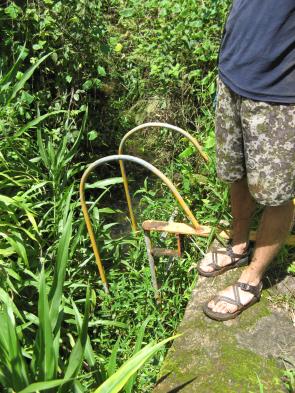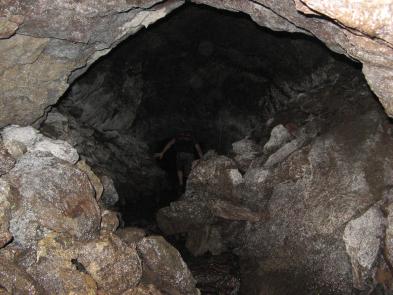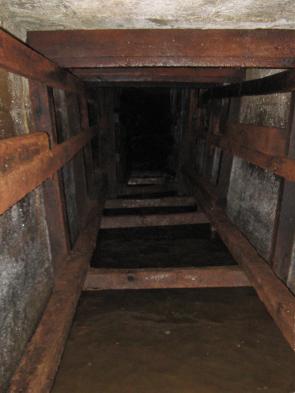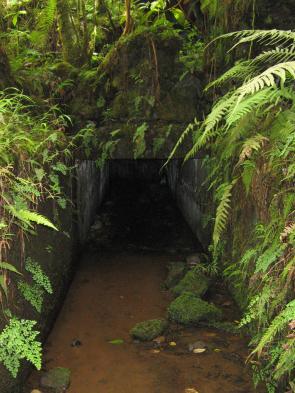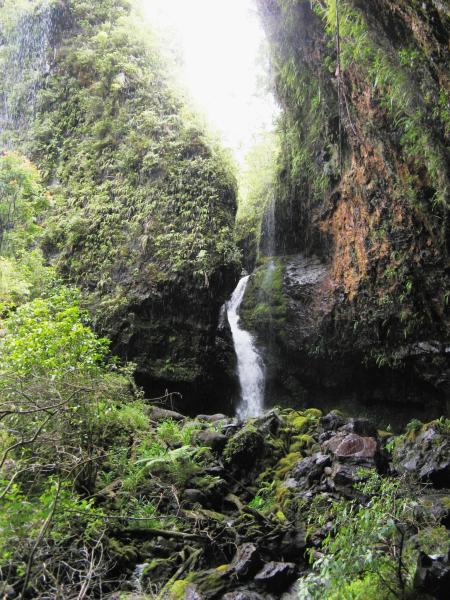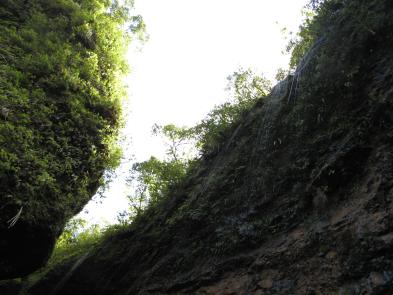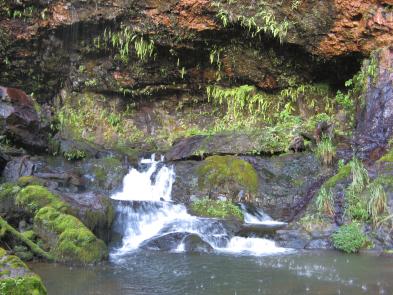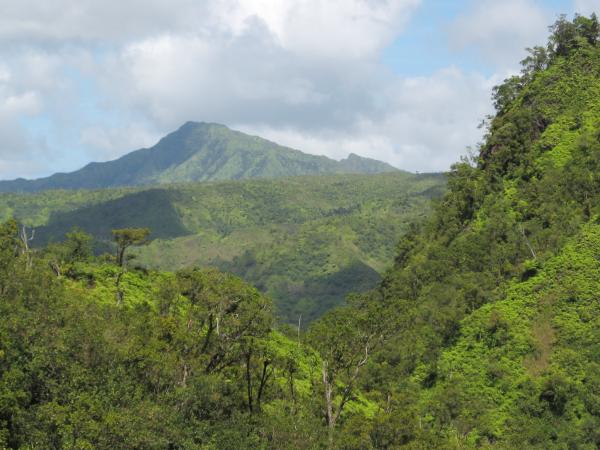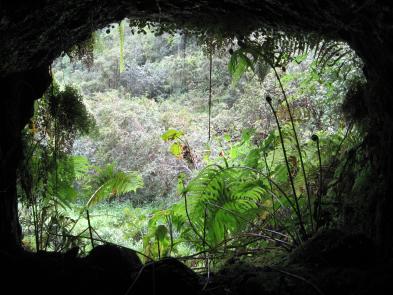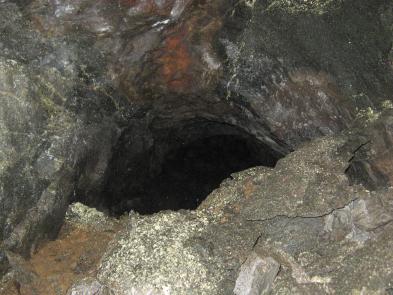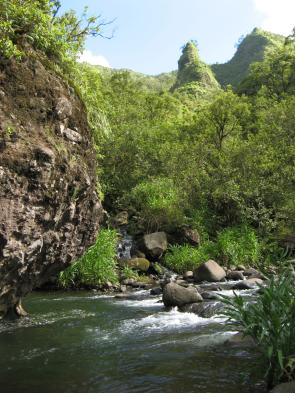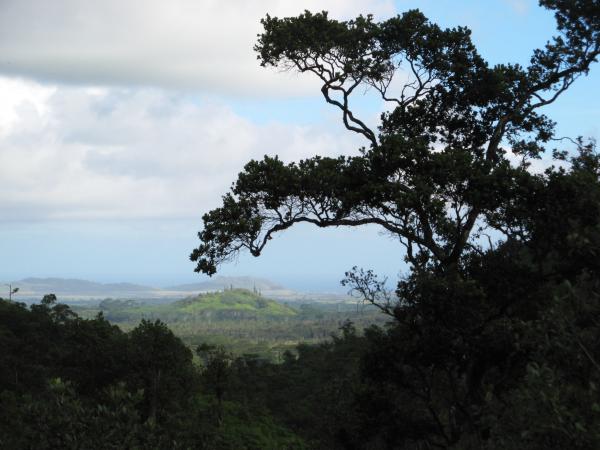
Earlier this summer, Kris wrote to ask:
On January 10 you blogged about Kalalau and mentioned in passing to ‘remind me to blog about the “tunnels” hike someday’. I hope that day is soon – I’d love to hear your thoughts about that hike.
Ahhh, the “Secret Tunnel to the North Shore,” sooner or later, everyone asks me about that one. The Ultimate Guide revealed this hike to the world, but somehow their three-page description fails to capture the difficulty. Frankly, it is the hardest trail on Kauai, and one of the most difficult I have ever done, period (your mileage may vary, as they say).
You do reach some wild and beautiful places, but the trail just to get the first tunnel is a 2.25-mile (3.5 km) slog through mud and brush. There are rivers to cross, mud bogs to go through, branches to duck, slippery slopes, and lots of humidity and frequent rain. It can be very frustrating, and if you’re not ready for it, you won’t have fun at all.
My own wife who has done some crazy things with me won’t go on the Tunnels because she just doesn’t think it sounds worth it. There are other more accessible waterfalls just as spectacular, for example Hanakapiai, though that can be a mud bath too. The inaccessibility and remoteness of the tunnels is an appeal to some people, mostly guys it seems, but I also just like tunnels.
Lastly, the Ultimate Guide has an unfortunate tendency to rename hikes, so I would like to reinstate the original name. Ka’apoko is the name of the stream after the second tunnel, and after reading around on the internet, it seems this is what hunters called the trail.
After an important message, I give you my photo-description of the trail.
WARNING: hiking off-trail, crossing rivers, and entering abandoned tunnels are dangerous activities. Unmaintained use-trails have many hazards including eye-level sticks, slippery mud, drop-offs concealed by vegetation. Rivers can flood quickly to trap you on the other side. Waterfalls sometimes carry rocks with fatal consequences. Never free-climb volcanic rock because it is unstable. Take plenty of water (or a water filter), don’t forget your flashlight, and turn around to return before dark. Exercise caution and proceed at your own risk.
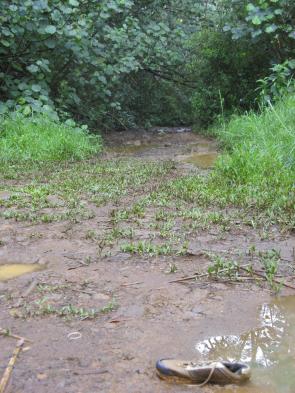
This is the trailhead, consider the shoe stuck in the mud to be a warning. You start walking on this muddy road to the river, and to my great surprise, I have seen hunters drive on it. |

Cross the two branches of the river just above where they come together and head into the bamboo forest. There might be pink trail markers to follow, but don’t rely on them. |
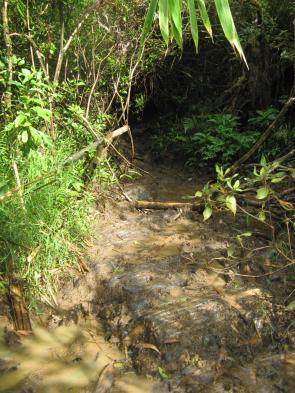
Instead, follow the old log trail. You know you’re on the right path when you see these logs buried in the mud. It’s also frustrating to see how the once-maintained trail is grown over. |
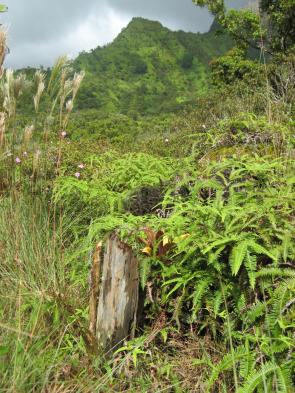
The first half of the hike also goes by old telephone poles, or the stumps thereof. These are near to tops of hills and usually provide the only views out of the thick forest cover. I assume they once carried the wire for a stream gauge signal. |
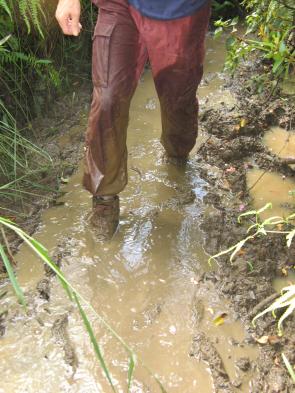
Get used to the mud. Most of the time, it’s easier just to go right through the middle while looking for submerged rocks and logs. If you do have hiking boots, it’s best to avoid overtopping them. |
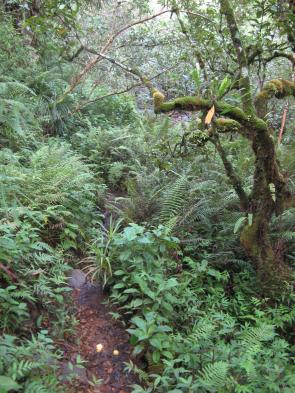
Some parts of the trail are idyllic, this is near a small stream crossing. I like to think this is what the rain-forest would look like without the invasive guava choking out the native plants. |
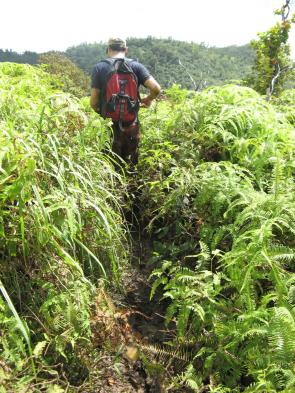
The second half of the hike is a little bit more open, though the ferns are more scratchy. Note that it is still muddy. |
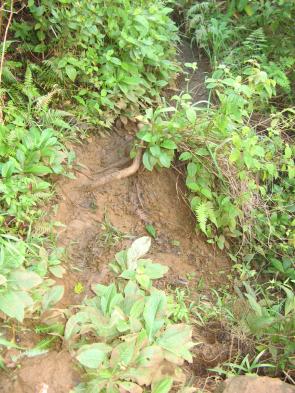
This picture is straight, the trail is slanted. This creates many places where you slide down 3 feet (1 meter) and climb back up. |
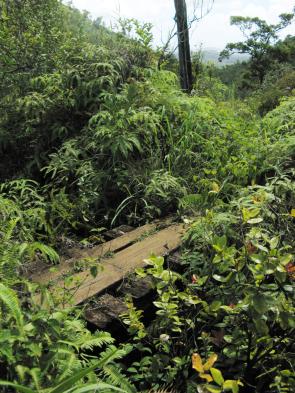
After paralleling then crossing a large stream (the north branch of the North Fork of the Wailua River), you climb uphill a while and finally see this wooden bridge over the ditch 15-20 (5-6m) below. Cross the bridge and follow the ditch to the left. Don’t go straight, which drops you into a gully. |
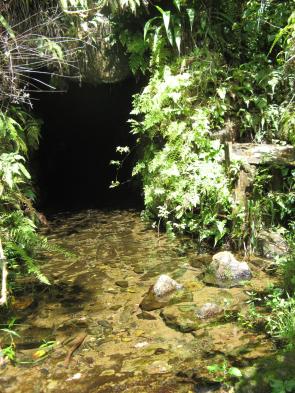
Soon you will see the entrance to the first tunnel, but remember, the mud is deepest right before the tunnel. The shack for the stream gauge is lying in the ditch now, it used to stand on the platform to the right of the tunnel. If you came in hiking boots, you’ll need to leave them here and put on water shoes. |
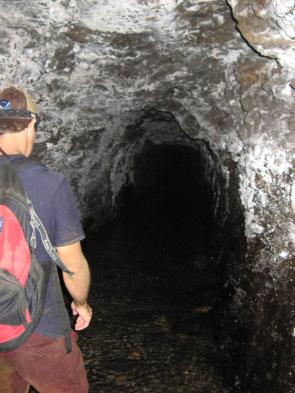
The first tunnel is about 6 feet (1,80 m) high on average, with some low spots so most people have to walk hunched over just to be safe. The water is 1-9 inches (3-22 cm) deep and the bottom is rough and rocky. The second half of the tunnel also has submerged railroad tracks, so watch your toes if you have open sandals. |
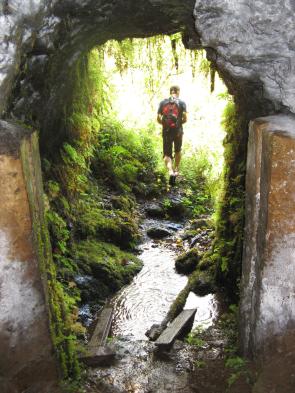
What’s reassuring is that the 0.9 mile-long (1.5 km) tunnel is perfectly straight and you can see the light at the other end the whole way. It takes 20-30 minutes to reach that light. When you get there it is like a door onto another world. |

In fact, there is just a little waterfall outside, but still very pretty. Unlike some hike reports, do not leave the tunnel here to follow a steep little trail. Instead, turn left just before the exit and follow the tunnel around to a second opening with a second waterfall (this photo). |
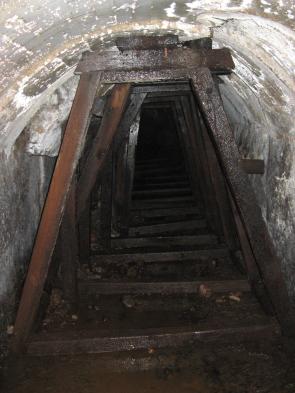
Do not exit there either, but turn left again to go through another leg of the tunnel that begins with these wooden braces. Unlike those other reports, they seem solid to me, but please step over them, not on them. All these turns in the tunnel are actually a second tunnel dug to avoid a section that collapsed long ago. |
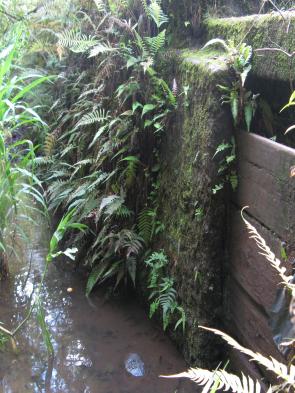
Soon you’ll be out of the tunnel and staring at the old ditch that used to be filled with water. Some descriptions have you climb over the wall and go down to the river. |
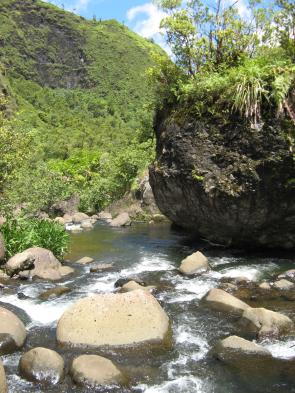
When I went, the pink flags led in the ditch, through a short bonus tunnel, and then down a stream to the Hanalei river at the point in this photo. If you climbed the wall, you’ll end up downstream of the house-sized boulder. |
The first time I went through the tunnels, it was a gray and rainy day. This trip was much more sunny, ideal even. I went downstream a ways and climbed on another huge boulder and was rewarded with a view up into the headwaters of the Hanalei River:

I believe the point half-obscured by a cloud is the north face of Pohakupele (Pele’s Rock), and further to the right is the seldom-seen north-east face of Waialeale (or more precisely, of the ridge that extends northwards from Waialeale). It had rained hard the night before I went, and while that made the trail extra muddy, it also made for more waterfalls in the mountains.
In part 2, we go through the second tunnel and beyond…
Preparation
This hike has two distinct parts, which adds to the difficulty if you’re not prepared. The forest is usually hot and humid and requires sturdy shoes. The tunnels are cool and humid, requiring water shoes of some sort. Here is what I took:






